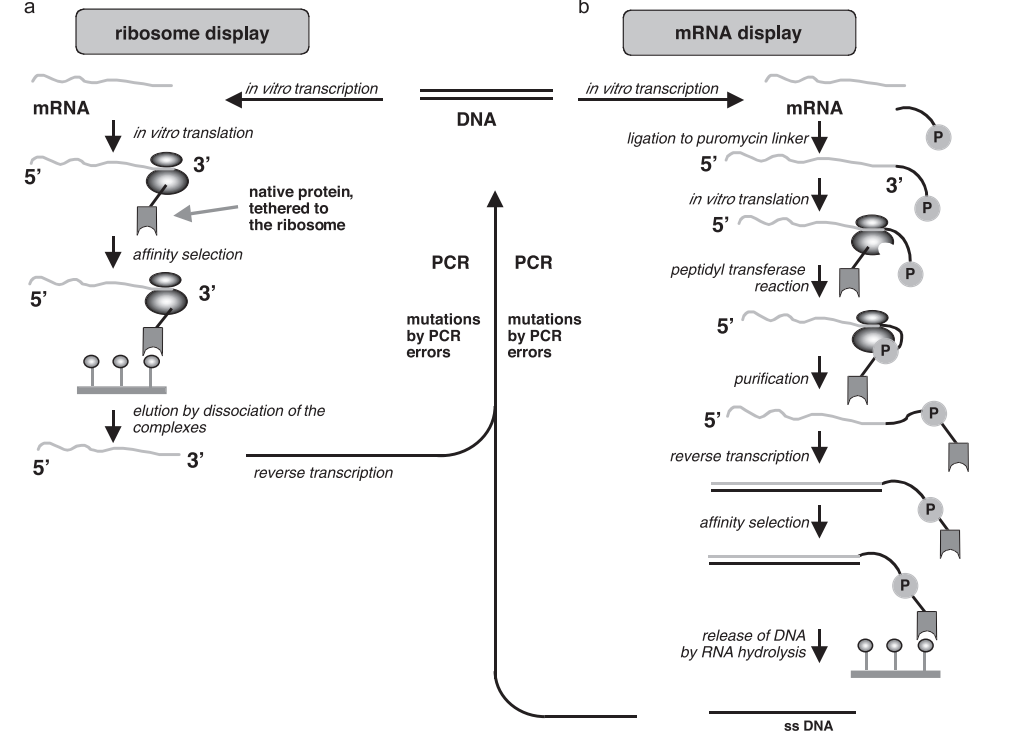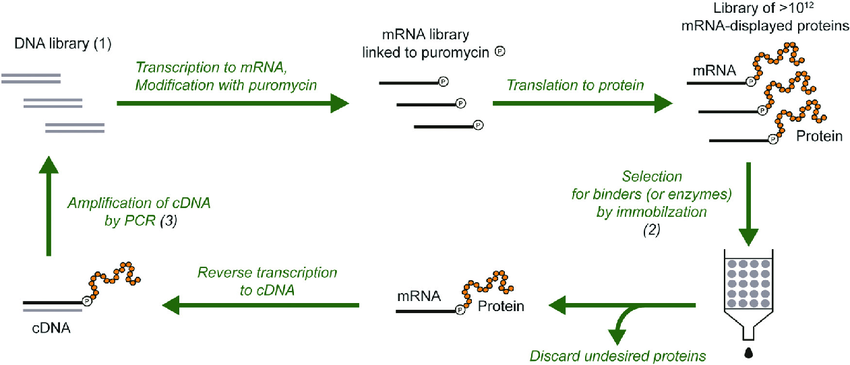Sulfur-containing natural products (sulfur-containing NPs) cover almost every type of NP discovered so far. The source of sulfur in peptide NPs is usually composed of cysteine and methionine. Methionine can be directly incorporated into peptide NPs without any modification, such as precarriebowamide (1). The cysteine residues in peptide NPs are typically embedded in intramolecular disulfides, intramolecular C-S bonds (echinomycin, 2), or thiazoline/thiazole derivatives (thiamyxin, 3) (Figure 1a). S-binding chemistry also exhibits significant versatility, such as NPs4-20 (Figure 1b). Caliheamicin (19) was discovered over 30 years ago, and the biosynthetic source of three of its four sulfur atoms is still unknown. New S NPs, such as seriniquinone (20), continue to provide inspiration for chemists to discover new S binding chemistry.
We investigated the presence of S NPs in microorganisms, presented recent examples, and classified chemistry into four major categories (Figure 1c). Among them, color coding is performed based on the biosynthetic source of s atom, blue: small molecule S addition and cleavage; Green: sulfur carrier protein (SCP) dependent; Beige: ATP dependent thio; grey Enzymatic reactions.

Figure 1 (a) shows peptide NPs containing sulfur significantly derived from methionine and cysteine. (b) The selected NP containing S contains many aspects of S binding in NP biosynthesis (c). The four types of S binding chemistry in this article are color coded according to section (b).
Sulfur containing metabolite libraries used in NP biosynthesis
The incorporation of S – in the NP biosynthesis of secondary metabolism begins at the branching point of primary metabolism, typically through cysteine (21, Figure 2a). Many biosynthetic pathways directly incorporate cysteine as a sulfur source, including glutathione (22). Sulfur carrier protein (SCP) is a protein binding source of various sulfur atoms containing S NP. These SCPs exhibit a C-terminal Gly Gly motif, which is converted into C-terminal sulfuric acid (Figure 2b). The formation of disulfide proteins catalyzed by cysteine desulfurization enzyme (CD) is related to S-containing cofactors and various S-containing NPs (including sulfur-containing amide peptides), as well as 4 and 13 (Figure 2c). The cyanide detoxification system MoeZ generates SCP based sulfuric acid through persulfide intermediates (Figure 2d). MES represents the latest member of the sulfur donor library for NP biosynthesis (Figure 2e). The C-terminal of MES contains a CD domain that shuttles sulfur from 21 to Cys1074MES, passes through sulfides, then relays to Cys1135, and transfers again to the molybdenum cofactor, which is bound to Cys153.

Figure 2. Sulfur donors used in the biosynthetic pathway. (a) Small molecule sulfur donor derived from cysteine. (b) The formation of SCP linked sulfides in the biosynthesis of 10 and 11. (c) Cysteine desulfurization enzyme dependent formation of SCP bound persulfides in the biosynthesis of 13 and one of the anaerobic biosynthesis pathways of 4 (d) MoeZ and thiosulfate dependent formation of 12 (e) participation in the production of MES bound molybdenum cofactors in the persulfide reaction in one of the anaerobic biosynthesis pathways of 4
1. Incorporation of sulfur through C-S bond formation and C-S bond fracture
Most S doping chemical reactions begin with the nucleophilic addition of small sulfur donors derived from cysteine. Subsequent oxidation and/or cracking reactions typically remove any trace amounts of sulfur donors, leaving intact sulfur atoms in the final product. The ergothione (4) being studied, bacteria and fungi have evolved unique and convergent biosynthetic pathways to produce 4. In aerobic bacteria, S-incorporation begins with the hydrolysis of 22 catalyzed by Egta to provide γ- Glutamic cysteine (22a) is then oxidized and added to precursor 26 under the catalysis of EgtB, resulting in the formation of 27. The amide cleavage catalyzed by EgtC produces 28. In aerobic fungi, 21 directly adheres to 26 to produce 28, which is catalyzed by Egt1 starting from 28. The C-S bond cleavage catalyzed by EgtE or Egt2 provides 4 (Figure 3a). The other is fluoroprotein C (5, Figure 3b), which is an antibiotic produced by Pseudomonas aeruginosa in the presence of high concentrations of copper. Under these conditions, the production of 5 is related to the transcription of the flc biosynthetic gene cluster (BGC). The incorporation of S involves the catalytic addition of 21 to fumarate (29) by FlcB, resulting in the production of 30. Under the catalysis of FlcE and FlcD, continuous oxidation produces intermediate 32, followed by FlcC dependent C-S bond cleavage to 33, forming the dimer core of 5 (Figure 3b).
The biosynthesis of guangnanmycin A involves an “AT free” polyketone synthase (PKS) assembly that contains a unique DUF-SH secondary domain within the GnmT module-8, which catalyzes S-incorporation (Figure 3c). By utilizing the characteristic DUF-SH binary domain from leinamycin (9) to mine the microbial genome, the leinamycin family of NP was discovered, as shown in Figure 8. The structure of 8 indicates S-methylation of persulfides, which were found to be catalyzed by Gnmp. This discovery subsequently revealed that the thiocytidine adduct is the true substrate of GnmT-SH (Figure 3c). Due to many enzymatic reactions hiding the S-incorporation chemistry in the final product, the involvement of thiocysteine in its biosynthesis remains elusive.

Figure 3 (a) Biosynthetic pathways of ergothione (4) in bacteria and fungi. (b) S-binding in the biosynthesis of fluoroprotein (5) involves cysteine as a sulfur donor and subsequent oxidative tailoring reactions. (c) In the case of comparing the structure of “AT free” PKS (i.e. GnmT module-8) with leinamycin (9), thiocysteine binding and C-S bond cleavage reactions were observed in 8 biosynthesis (d) Tropoditic acid (6) continuous thiocysteine addition and oxidative C-S bond cleavage reactions in biosynthesis.
2. Sulfur carrier protein (SCP) dependent sulfur incorporation
The SCP dependent mechanism of S incorporation exhibits multifunctionality and exists in various NP scaffolds, including terpenes. The biosynthesis pathway of 10 is similar to that of thiamine and molybdenum cofactors. SCP represented by PtmS2 contains a characteristic C-terminal Gly Gly sulfate motif as a sulfur donor. PtmU4 enzyme catalyzes the transfer of PtmS2 thiosulfur to substrate 39, producing 40 with a thioacid fraction of 10 (Figure 4a). In the biosynthesis of innovative mycin (11, Figure 4b), Cxm4 C-terminal glycine glycine sulfate acts as a sulfur donor. The Cxm3 enzyme promotes the transfer of sulfur atoms from Cxm4 to the ketone of substrate 41, accompanied by hydrolysis, while Cxm6 catalyzes the reduction of the generated thioketone 42, producing an indole nucleus of 43, i.e. 11 (Figure 4b). The sulfuric acid of SCP MoaD2 comes from thiosulfate, which is catalyzed by MoeZ through persulfide chemistry. The sulfur atom of sulfuric acid in MoaD2 is transferred to the sugar substrate 44 of the protein chain, while releasing the carrier protein BexX, resulting in thiosaccharide 45 serving as an intermediate in 12 biosynthesis (Figure 4c)
The incorporation of S in the biosynthesis of 4 is mediated by EanB in the anaerobic bacterium Chlorobium lipola. EanB sulfides have been shown to be composed of elemental sulfur (S8), and compared to anaerobic organisms that rely on one of the many mechanisms shown earlier, sulfur transfer to substrate 26 does not require other enzymes. MES utilizes three consecutive reactions, where the sulfur atoms present in 4 are subsequently transferred from the molybdenum cofactor bound by MES to substrate 26 (Figure 4d). As sulfur-containing NPs continue to be separated from anaerobic organisms, more aspects of sulfur chemistry will definitely be discovered.
3. ATP dependent vulcanization
All known enzymatic thioamide formation reactions to date are carried out in an ATP dependent manner, where the substrate amide carbonyl group is subjected to nucleophilic attack from a sulfur source to provide phosphate or adenylate intermediates (Figure 4e). For tRNA and RiPP modified enzymes, the sulfur source is usually protein bound sulfuric acid or persulfide. A recent study expanded the scope of this chemistry to NPs derived from non ribosomal peptide synthetases (NRPS), particularly chlorothiamides (14, Figure 4e). The biosynthesis of 14 involves the CtaC enzyme, which coordinates a series of six consecutive thioamide formation reactions using substrate 46 connected to the carrier protein CtaE. The key role of iron sulfur clusters in CtaC has been demonstrated, as it is crucial for the observed enzyme activity.
4. Non enzymatic sulfur addition
During microbial cultivation, non enzymatic sulfur addition may occur, and byproducts can be further modified by toxic enzymes. It was found that Streptomyces CB00072 can produce 17 species and related homologues, with a titer of -0.1 mg/L. Bioinformatics analysis of the genome of Streptomyces genus identified a putative tac BGC, which was cloned and expressed in Streptomyces albicans. Seventeen genes in the tac BGC were knocked out to obtain Streptococcus albicans SB4061( Δ TacP), with the increase of compound 48, the titer of compound 17 significantly increased (30 mg/L) (Figure 4f). However, there is no tac gene that can be assigned to S incorporation. The time-dependent analysis of SB4061 fermentation showed that 48 rapidly formed in the first two days, followed by a gradual decrease in 48 and an increase in 17. The in vitro experiment involving the treatment of 48 with S-nucleophilic reagents resulted in rapid S addition and dimerization of the obtained thiol 49, resulting in the production of 17. Further research has shown that supplementing KSH in fermentation medium leads to the production of trisulfide 18 in SB4061. It is recommended to convert 48 to 18, which involves hydrogen trisulfide (H2S3) leading to 50, followed by intramolecular ring formation, resulting in 51 (Figure 4f). This highlights the unique challenges of deciphering novel S-doped chemistry in NP biosynthesis and highlights the successful application of state-of-the-art multidisciplinary methods in overcoming these challenges.

Figure 4. Representative examples of S NP containing compounds produced by sulfur carrier protein (SCP), ATP dependent sulfidation, and non enzymatic mechanisms. (a) The formation of sulfuric acid during the biosynthesis of thioproteases (10). (b) SCP dependent S incorporation in the biosynthesis of innovative mycin (11). (c) SCP dependent formation of thiosugar intermediates in the biosynthesis of BE-7585A (12). (d) The anaerobic biosynthesis pathway of 4 is achieved by utilizing protein persulfides or protein bound molybdenum cofactors. (e) The Formation of Thiamide in CtaC Catalyzed 14 Biosynthesis (f): Non enzymatic S incorporation to generate 17 and 18 from H, both from common intermediates 48
summary
The chemical composition of sulfur in NP in nature exceeds that of apparent peptide sources, which is a mature field of discovery. With the exponential increase in the number of microbial genomes in public databases and the advancement of bioinformatics tools, the demonstrated S-incorporation chemistry can be used for genome mining. Emerging analytical techniques are expected to completely change the discovery of sulfur-containing NPs, such as detecting sulfur (32S and 34S). There are many opportunities to discover novel S incorporation chemistry and enzymology from the known biosynthetic mechanisms containing S NPs (4 and 19) and newly discovered NPs (20). By combining the most advanced analytical techniques with the numerous methods introduced in this article, the foundation has been laid for enriching innovative methods in the field of sulfur-containing NP chemistry. This article will provide inspiration for the scientific community and encourage the application of innovative strategies in the pursuit of new S NP containing and novel S doped chemistry.









